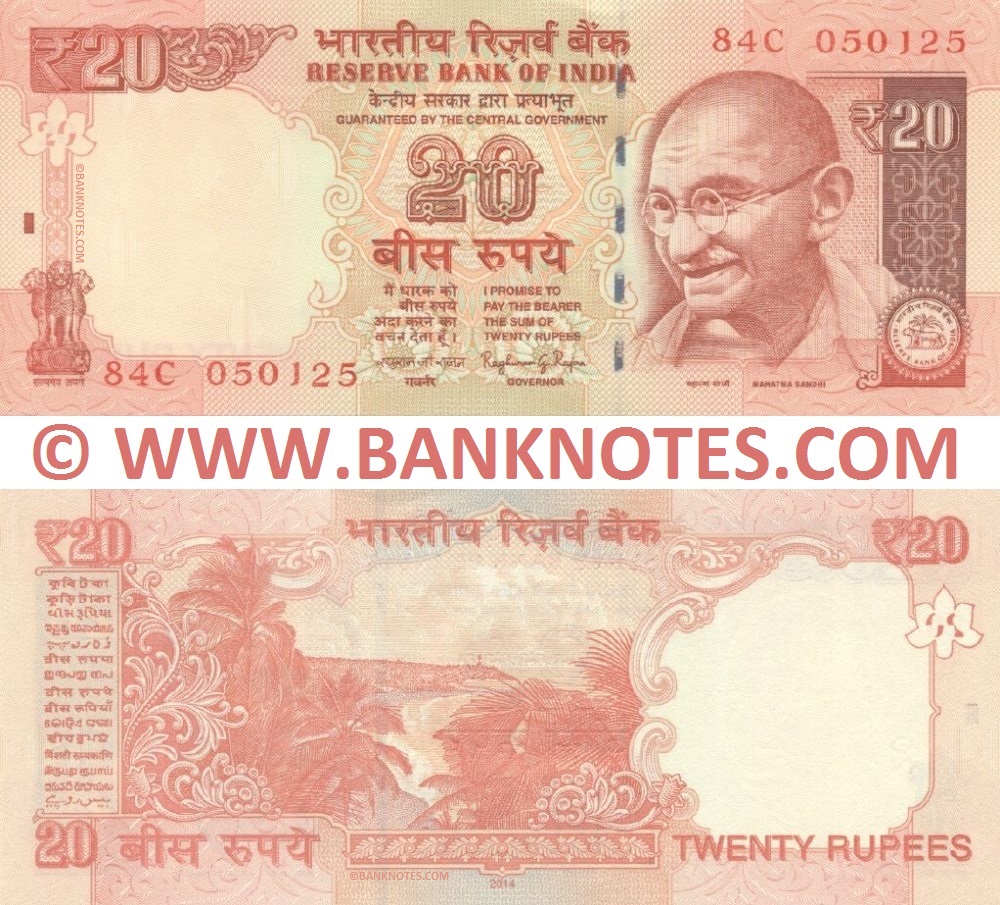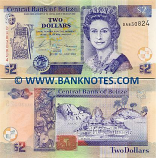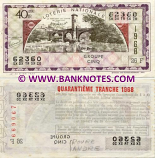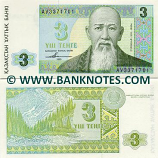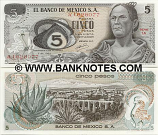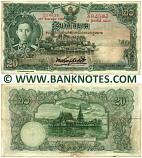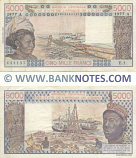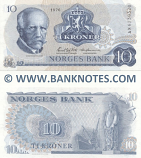20 Rupees 2014 (Front: Mohendas Karamchand "Mahatma" Gandhi (2 October 1869 – 30 January 1948) wearing spectacles (eyeglasses). Seal of the Reserve Bank of India. National Emblem of India - Lion Capital of Asoka (Ashoka column), sculpted from sandstone, preserved at Sarnath Museum which was originally erected around 250 BCE atop an Ashoka Pillar at Sarnath. The wheel "Ashoka Chakra" on it's base is a centerpiece of National Flag of India. "Satyameva Jayate" National Motto of India* is inscribed under it. Flowers. Back: Language panel. Seashore view with coconut palm trees: Mount Harriet National Park Light house at Port Blair (Sri Vijaya Puram), Andaman & Nicobar Islands. Watermark: Mahatma Gandhi and vertical electrotype "20". Security features: Consecutively running ascending serial numbers on the front of the banknote. Watermarked paper. Coloured filament fibres (hairs) and the security thread fluoresce while being exposed to ultraviolet light. Windowed, frontally exposed, metallic 1 mm wide security thread that bears repetitive demetalised text "RBI". Predominant colour: Red. Signature: Raghuram G. Rajan (Governor, RBI, 4 September 2013 – 4 September 2016). Design: Collective design by RBI Department of Currency Management, The Planning Division of RBI and the National Institute for Design. Remark: Dharmalingam Udaya Kumar designed the new Rupee sign. Printing method: Intaglio (raised print). Issuer: Reserve Bank of India (RBI). Year of issue: 2014. Redeemable until: 30 June 2016. Date of withdrawal: 2014–2016. Demonetised: 8 November 2016. Total issue: N/a. Material: Cotton paper. Printer: India Security Press in Nashik, a subsidiary unit of Security Printing and Minting Corporation of India Limited) (Serial Nos: 84C/0501xx) UNC
Without plate letter
Dimensions: 148 x 62 mm
Catalogue Number: P-103g (SCWPM: Albert Pick; Krause Publications); B293 (Banknote Book)
Grade/condition: Uncirculated (UNC) (uncirculated, unused, mint) GRADING INFO
Remarks: */ "Satyameva Jayate" (Sanskrit: "Truth Alone Triumphs") is the national motto of India. It is inscribed in Devanagari script at the base of the national emblem.
National Emblem of India
The National Emblem of India is derived from the time of the Emperor Ashoka. The emblem is a replica of the Lion of Sarnath, near Varanasi in Uttar Pradesh. The national emblem of India was adapted by the Government of India on 26th January 1950. The National emblem (out of the four lions only three lions are visible and the fourth one is hidden from the view) symbolises power, courage and confidence. It rests on a circular abacus. At the centre of the Abacus, there is a Chakra (wheel) which symbolises the Dharma Chakra (Eternal wheel of law). The abacus is girded by four smaller animals, guardians of the four directions: The Lion of the North, The Elephant of the East, The galloping Horse of the South and The Bull of the West, separated by intervening wheels over a bell shaped lotus. The word Satyameva Jayate (truth alone triumphs) have been inscribed in Devanagari script. The National emblem of India is the official seal of the President of India and Central and State Governments. The National emblem is used only for official purposes and commands highest respect and loyalty. It is also a symbol of independent India's identity and sovereignty.
Texts: Reserve Bank of India. Guaranteed by the Central Government. I promise to Pay the Bearer the Sum of Twenty Rupees.
Without plate letter
Dimensions: 148 x 62 mm
Catalogue Number: P-103g (SCWPM: Albert Pick; Krause Publications); B293 (Banknote Book)
Grade/condition: Uncirculated (UNC) (uncirculated, unused, mint) GRADING INFO
Remarks: */ "Satyameva Jayate" (Sanskrit: "Truth Alone Triumphs") is the national motto of India. It is inscribed in Devanagari script at the base of the national emblem.
National Emblem of India
The National Emblem of India is derived from the time of the Emperor Ashoka. The emblem is a replica of the Lion of Sarnath, near Varanasi in Uttar Pradesh. The national emblem of India was adapted by the Government of India on 26th January 1950. The National emblem (out of the four lions only three lions are visible and the fourth one is hidden from the view) symbolises power, courage and confidence. It rests on a circular abacus. At the centre of the Abacus, there is a Chakra (wheel) which symbolises the Dharma Chakra (Eternal wheel of law). The abacus is girded by four smaller animals, guardians of the four directions: The Lion of the North, The Elephant of the East, The galloping Horse of the South and The Bull of the West, separated by intervening wheels over a bell shaped lotus. The word Satyameva Jayate (truth alone triumphs) have been inscribed in Devanagari script. The National emblem of India is the official seal of the President of India and Central and State Governments. The National emblem is used only for official purposes and commands highest respect and loyalty. It is also a symbol of independent India's identity and sovereignty.
Texts: Reserve Bank of India. Guaranteed by the Central Government. I promise to Pay the Bearer the Sum of Twenty Rupees.

